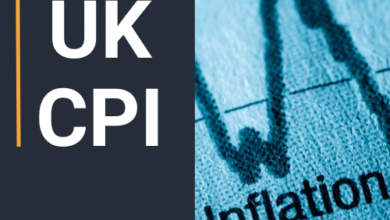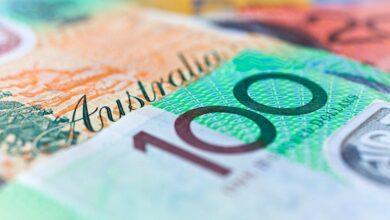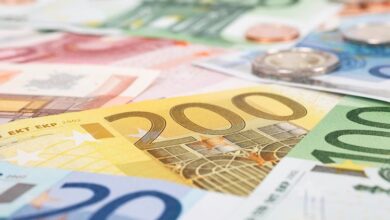Gold price in Pakistan: Rates on February 13

Gold prices rose in Pakistan on Tuesday, according to data compiled by FXStreet.
The price for 24-carat Gold stood at 18,157.42 Pakistani Rupees (PKR) per gram, up PKR 4.19 compared with the PKR 18,153.23 it cost on Monday.
The price for 24-carat Gold increased to PKR 211,784.60 per tola from PKR 211,735.77 per tola.
| Unit measure | Gold Price in PKR |
|---|---|
| 1 Gram | 18,157.42 |
| 10 Grams | 181,574.21 |
| Tola | 211,784.60 |
| Troy Ounce | 564,759.36 |
FXStreet calculates Gold prices in Pakistan by adapting international prices (XAU/USD) to the local currency and measurement units. Prices are updated daily based on the market rates taken at the time of publication. Prices are just for reference and local rates could diverge slightly.
Global Market Movers: Gold price drops significantly in a holiday-thinned trade
- The precious metal remains on the defensive around $2,020 as investors await the United States inflation data for January, which will provide fresh guidance on interest rates.
- The CME FedWatch tool shows that traders see a 53% chance that a rate cut by 25 basis points (bps) could be announced in May.
- According to the expectations, monthly headline inflation is expected to grow at 0.2% in January versus 0.2% in December (revised down from 0.3% initial estimate). In the same period, the core inflation that strips off volatile food and Oil prices is expected to show a rise of 0.3%.
- For annual data, investors anticipate that the headline inflation softened significantly to 3.0% from 3.4% in December. While the core CPI decelerated slightly to 3.8% against the prior reading of 3.9%.
- A stubborn inflation data would allow Federal Reserve policymakers to strongly argue in favor of keeping interest rates higher for a longer period.
- Fed policymakers have been reiterating the need for good inflation data for months to ensure inflation sustainably declining towards the 2% target.
- Dallas Federal Reserve Bank President Lorie Logan said on Friday that there is no need to rush for rate cuts as she wants to confirm durability in progressively declining inflation.
(An automation tool was used in creating this post.)
Gold FAQs
Gold has played a key role in human’s history as it has been widely used as a store of value and medium of exchange. Currently, apart from its shine and usage for jewelry, the precious metal is widely seen as a safe-haven asset, meaning that it is considered a good investment during turbulent times. Gold is also widely seen as a hedge against inflation and against depreciating currencies as it doesn’t rely on any specific issuer or government.
Central banks are the biggest Gold holders. In their aim to support their currencies in turbulent times, central banks tend to diversify their reserves and buy Gold to improve the perceived strength of the economy and the currency. High Gold reserves can be a source of trust for a country’s solvency. Central banks added 1,136 tonnes of Gold worth around $70 billion to their reserves in 2022, according to data from the World Gold Council. This is the highest yearly purchase since records began. Central banks from emerging economies such as China, India and Turkey are quickly increasing their Gold reserves.
Gold has an inverse correlation with the US Dollar and US Treasuries, which are both major reserve and safe-haven assets. When the Dollar depreciates, Gold tends to rise, enabling investors and central banks to diversify their assets in turbulent times. Gold is also inversely correlated with risk assets. A rally in the stock market tends to weaken Gold price, while sell-offs in riskier markets tend to favor the precious metal.
The price can move due to a wide range of factors. Geopolitical instability or fears of a deep recession can quickly make Gold price escalate due to its safe-haven status. As a yield-less asset, Gold tends to rise with lower interest rates, while higher cost of money usually weighs down on the yellow metal. Still, most moves depend on how the US Dollar (USD) behaves as the asset is priced in dollars (XAU/USD). A strong Dollar tends to keep the price of Gold controlled, whereas a weaker Dollar is likely to push Gold prices up.
Get Best News and Web Services here







